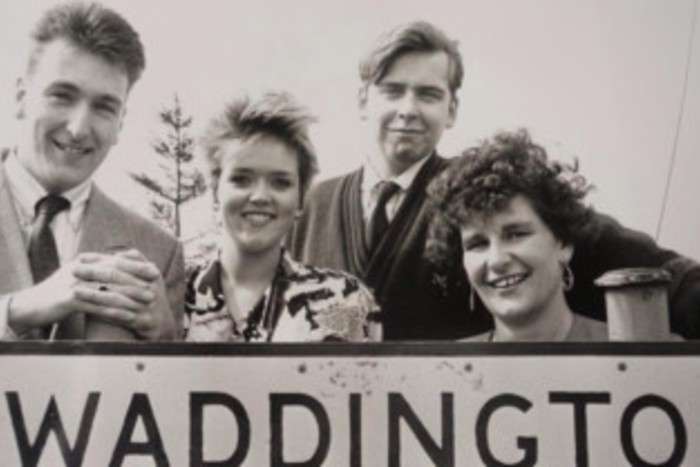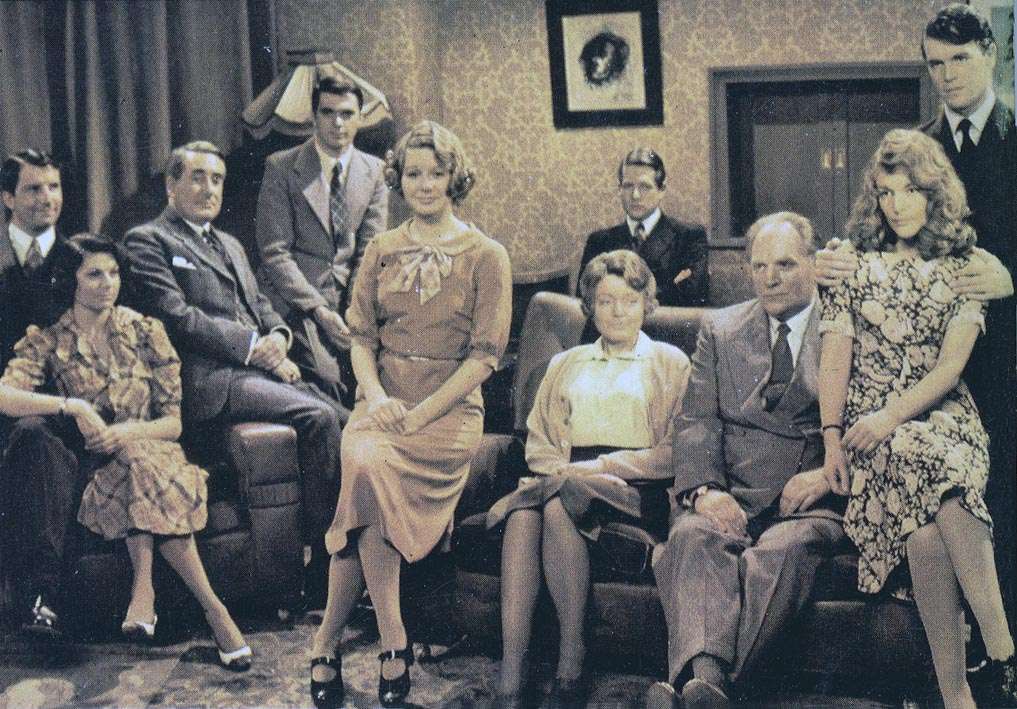
At the end of the year BBC4 will be screening the third and final series of Detectorists (BBC/Channel X 2013 -), the sitcom written, directed by and starring Mackenzie Crook about a group of metal detector enthusiasts (‘detectorists’) in East Anglia.







